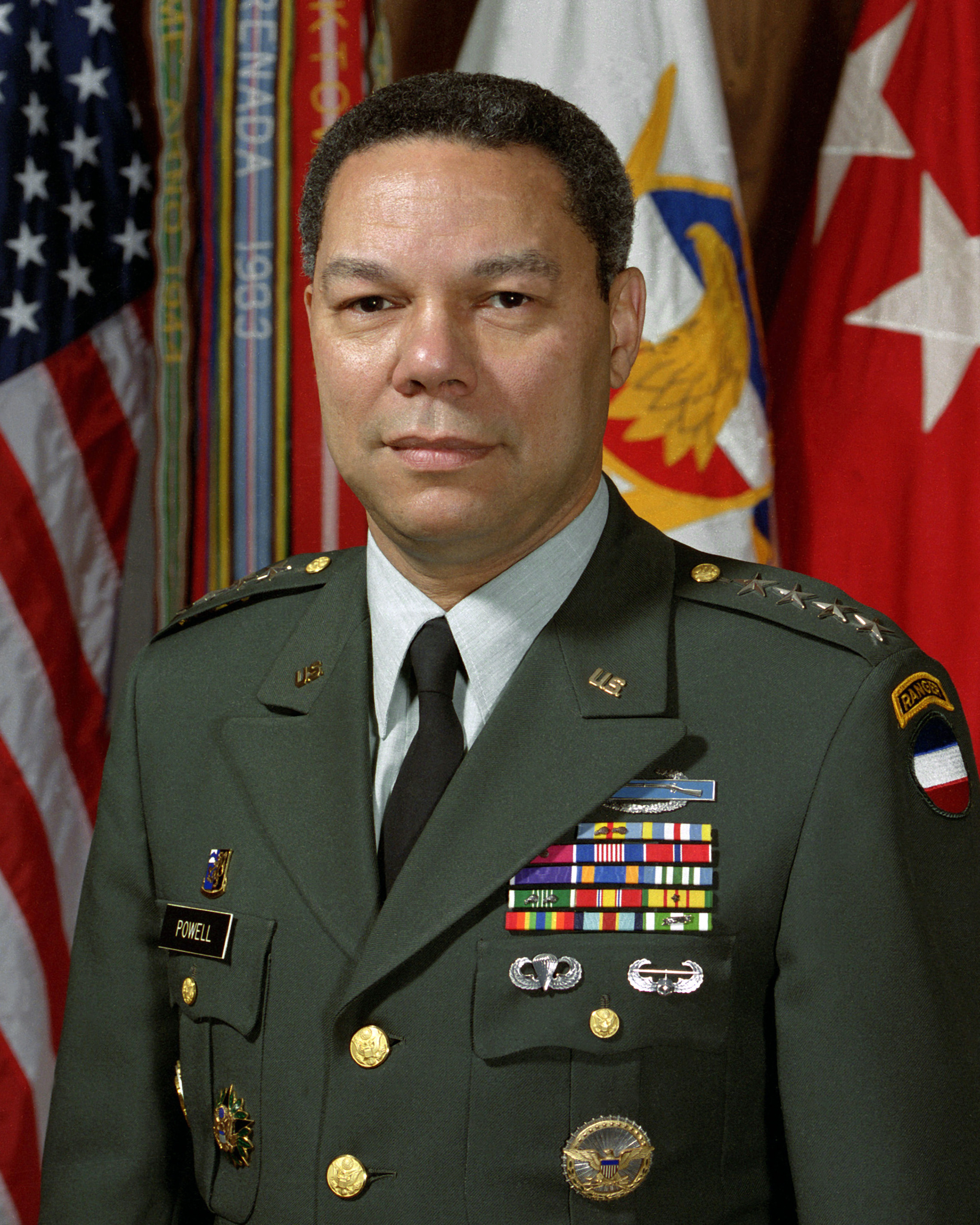A chief complaint that circles around the military is the length and detail of operations orders (OPORDs). These criticisms range from orders having too much detail, with the effect of subordinate commanders and leaders suffer in their own professional development.
In thinking about how the military writes and publishes orders, it is worth the time to look through the lens of each level of war. Further, the military should look at changing the construct of orders at the strategic and institutional levels of war by ways of replacing mission statements with vision statements.
Orders are the method by which commanders and leaders communicate to their subordinate leaders. Orders translate decisions and guidance made throughout planning and execution of an operation. The orders reflect a leader's personality and should never betray their command philosophy. Understanding orders at each level of war (tactical, operational, strategic, and institutional) is critical for any military profesional.
Orders at the Tactical Level
Orders at the tactical level of war tend to be short, direct, and to the point. Starting at the platoon level, orders typically follow the five-paragraph Operations Order format found in U.S. military doctrine. Up through the battalion level, orders rarely include annexes and appendixes. Moreover, at the platoon and company level, orders are less formal, often coming in the form of a briefing. On any given day there is a second lieutenant briefing an order off index cards to his or her squad leaders.
It is at the battalion and brigade level where orders begin to appear in word documents, often with an accompanying OPORD PowerPoint briefing. It is at the battalion and brigade level where annexes and appendixes such as the intelligence Annex B or sustainment’s Annex D first make their appearances.
Given that a battalion commander and primary staff officers such as the operations officer (S3) are senior to company commanders, orders writing does not typically include representation from subordinate units. Further, given the pace of action at the tactical level, commanders and staffs (if there is a staff), have the least amount of time to plan. Indeed, decision cycles at the tactical level move at a rapid pace.
It is paramount to understand that at the tactical level of war, orders reflect the lowest common denominator. This is to say that a commander will write an order in enough detail to communicate with the subordinate who he or she trusts the least. This is a realty that some leaders can take broad guidance and run, while other leaders need excruciating detail before they feel comfortable to act.
Commanders and leaders who issue tactical orders tend to have direct contact with their subordinates. This direct contact allows for adjustments of FRAGO's to the orders in real time. Squad leaders, platoon leaders, and to an extent company commanders can afford a modicum of vagueness in an order, s clarity can come rapidly from one who is physically close on the battlefield. Indeed, there is greater flexibility for an error in a tactical order than at higher levels of war.
Orders at the Operational Level
Orders in divisions, corps, joint task forces, and other operational level units expand in their length and in their detail. This includes longer situation and service and support paragraphs written by a dedicated intelligence and sustainment staff.
Although a commander’s intent is present in every operational order, it is at the operational level of war where the intent surpasses the mission statement in relevance. Commander’s at the operational level arrange and synchronize their forces in time and space. Time is longer, and space is wider at the operational level, thus the commander is linking multiple tactical actions.
With expanded time comes more detailed planning prior to the publication of orders. With more time comes more ways to think through mitigation measures where the commander assumes risk.
The expanded space at the operational level now means that actions occur in multiple domains. While tactical level commander are typically have control over one domain in rigidly defined area of operations (AO), operational commanders must account for multiple domains. Further, areas of operation can cover hundreds of miles, and be contiguous or non-contiguous.
It is at the operational level where commanders tend to have more physical distance from their subordinates. The concept of both mission command and clarity of intent becomes paramount at the operational level and higher. According to Milan Vego, in his book Joint Operational Warfare, "clarity requires precise wording so that a directive (order) can not be misunderstood."
Orders at the Theater Strategic and Strategic Levels of War
Orders at this level tend to be long and detailed, but long and detailed for specific reasons. First, orders initiated at the strategic level become the necessary authorities required spending of money. This may range from an order to conduct a specific type of training, an order to attend a planning conference, or an order to move forces from one area of the world to another.
Second, orders at the strategic level assume the greatest risk should they fail. This is risk in both blood and treasure. Understanding the stakes at the strategic level mean that flag officers require detailed thought, planning, and risk analysis on all issues from command relationships to battlefield control measures. A well-written order will highlight what risk is acceptable, and what risk is not acceptable in the commander’s intent.
Third, orders writing and publication at the strategic level of war is a dialogue. Orders conveyed to three and four-star level commands undergo a review multiple times. Reviews of the order begin at the action officer level, continue at the O6/GS-15 level, and again at the GOFO level. During these reviews subordinate commands not only look at their tasks for concurrence, they often rewrite them. Moreover, subordinate commands, with an understanding of the higher commander’s intent will write in their own tasks.
Within each round of review, subordinate commands have the opportunity to non-concur with an order. Non-concurs of orders can be emotional events. When officers work at strategic level staffs, they may not worship at the altar, but they certainly attend the church of consensus.
The multiple rounds of review should not be confused with time. At the strategic level orders production can take weeks and months to publish. Conversely, in times of crisis the creation, coordination, and publication of an order can occur in less than 24 hours.
It is at the theater strategic and strategic level where the complications of combined or multi-national headquarters arise. Staff officers and planners working at these levels must develop the skill of writing for review. Indeed, orders at the theater level often come in pairs, an order written for the alliance, and an order written only for a specific nation. Those with experience on U.S. military staffs understand the importance of a relationship with the foreign disclosure officer.
An aspect of orders at the theater and strategic level is the existence of contingency plans related to said orders. That is, orders tend to fall back on pre-written CONPLANS and OPLANS. These pre-written plans tend to have scores of man-hours dedicated to planning and writing them from experts across the staff. With respect to these plans, orders become easier to develop and write during times of crisis. Further, these plans tend to reside within the larger construct of a theater campaign plan.
Orders at the Institutional Level of War
Orders writing at the institutional level of war are similar to those at the strategic level. The chief difference in the development of orders. These differences are time and the level of coordination and consensus required to publish an order.
Writing an order at the service level is a long and arduous process. From conception to publication can last months. However, this time is necessary for a multitude of reasons. First, institutional orders tend to create DOTMLPF changes that have effects that last decades. This includes the development of doctrine or the acquisition of combat platforms. Second, orders at the institutional level often compel major commands to spend large portions of their budgets.
Changes in Orders Writing
There is one major change that should occur within orders at the strategic and institutional level. Paragraph two of Operations and Execution Orders should expand to include a vision. A mission statement, while certainly applicable at the tactical and operational level of war is not sufficient at the strategic or institutional levels of war. Joint and service doctrine should adapt the idea of a vision statement. Joint Publication 1-02 does not define the word vision, nor do the suite of service publications.
There are examples of published strategies such as the army’s Human Dimension Strategy that include a vision. However, the vision statements vary in ways from their nature to their length.
While a properly written mission statement includes the who, what, when, where, and why of a military operation,[i] those who work at the strategic level often find themselves veering away from doctrine to accommodate the desires of civilian leadership. Indeed, the higher level of command and staff, the less concern there is for sticking to doctrine, which often uses military jargon. Further, the mission statement often becomes a point for strategic messaging, turning what was meant to be a short sentence into a long run on sentence with multiple On Order tasks tacked onto the end.
As a mission statement focuses on the present, a vision looks forward, beyond the immediate task. In this aspect, a vision differs from a mission statement in the timeframe. It is here where strategic level documents such a combatant command’s campaign plan should move from a mission to a vision. The timeframe of a vision can be five, ten, or even twenty years. Appropriate places for the vision statement include campaign plans that look deeper into the future than simple orders at the tactical level.
Opposed to mission statements which describe what the unit or organization will do, a vision describes what the future will look like. This is more than desired conditions or end state often found within an operational approach. Indeed, desired conditions and the endstate still fall within the confines of a specific mission or operation. A vision statement expands the perspective both in time and space.
As the joint force pivots to the idea of long-term competition with enemies and adversaries around the globe, often at a level below the threshold of conflict, OSD, the Joint Staff, and Combatant Commands should provide a vision on where they see themselves vis-à-vis their respective competitors.
While mission statements belong to commanders at each level of war, vision statements are the domain of strategic leaders (GOFOs) throughout the joint force. Moreover, while staffs can generate a mission statement during the planning process, the development and communication of a vision belongs to the strategic leader. A staff should not formulate or write out a strategic leader’s vision. Indeed, a person who can not conceptualize or formulate a vision for an organization should not be placed in charge of large organizations, nor in command at the highest levels in the military.


















